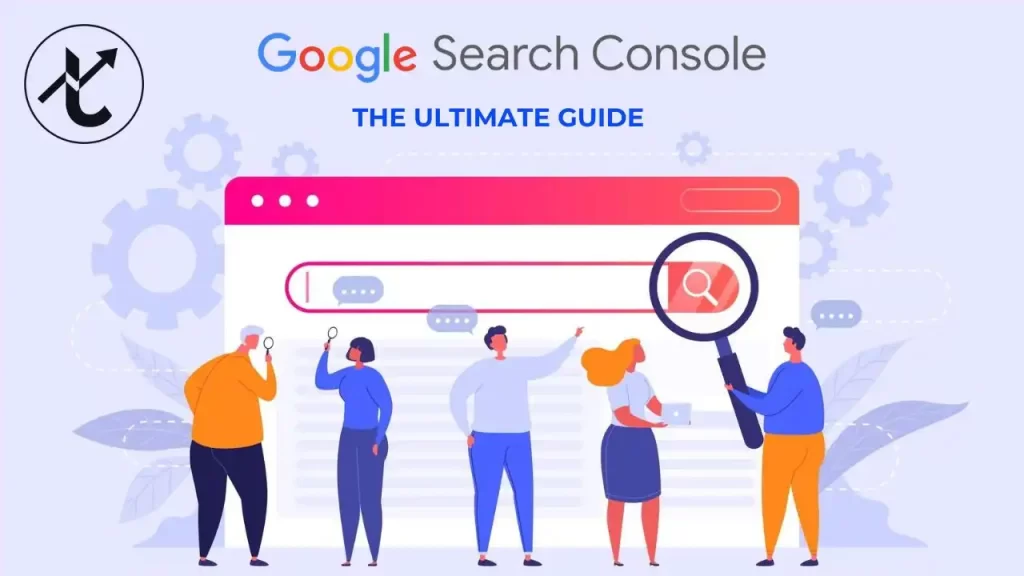Launching a new website is exciting, but ranking fast on Google is a real challenge. Without a solid SEO strategy, even the best-designed site can get lost in the digital crowd. SEO determines whether potential customers find your brand or scroll past unknown links, which directly affects your online success. That’s why having a clear, step-by-step plan from day one is essential.
A well-crafted 30-day SEO improvement plan doesn’t just boost rankings—it builds visibility, trust, and sales by positioning your site where your audience is actively searching. With affordable, quick SEO tips for website ranking, you can strengthen your site’s foundation, improve search engine performance, and create a powerful first impression. In just one month, these strategies can turn your website from invisible to competitive, setting the stage for long-term growth.
Your 30-Day SEO Improvement Plan—Overview
A structured checklist means no missed basics and steady growth every week.
- Focus on technical SEO basics first.
- Move to keyword & content optimization.
- End with strategic external efforts.
- Repeat key steps for long-term ranking.
Week 1: Technical Setup & Indexing
Begin with technical foundations to ensure search engines find and love your site.
Checklist:
- Set up Google Search Console and Bing Webmaster Tools
- Create & submit XML sitemap
- Install Google Analytics (for traffic insight)
- Secure your site with HTTPS/SSL
- Check and fix crawl errors
- Optimize site speed via compressed images and clean code
- Mobile-friendly test (responsive design is crucial)
- Robots.txt and basic schema markup
Week 2: Keyword Research & On-Page Optimization
Get your website speaking the language of your audience.
Checklist:
- Research primary and long-tail keywords
- Map keywords to pages (keyword mapping)
- Optimize titles, meta descriptions, and header tags
- Use keywords in URLs, H1s, and image alt text
- Craft SEO-friendly, easy-to-read content for each page
- Remove or rewrite duplicate/weak content
Week 3: Content Creation & Internal Linking
New and high-quality content is the secret to fast rankings.
Checklist:
- Write 3–5 new blog posts answering FAQs or trending topics in your niche
- Add service/location pages for extra search hooks
- Add internal links between key pages and blogs
- Update old content for relevance, accuracy, keywords
- Create a cornerstone guide/article for your main topic
Week 4: Off-Page Boost & Quick SEO Tips
Off-page SEO builds authority and trust with Google.
Checklist:
- List your website in key business directories (Google Business Profile, Justdial, Sulekha, etc.)
- Get 3–7 backlinks from relevant blogs or news sites
- Request reviews/testimonials if you serve local customers
- Share blog posts on social media channels
- Monitor Google Search Console for errors or drops in ranking
- Tweak strategy as you collect ranking and traffic data
Daily Actionable SEO Checklist
| Day | Task | Quick Tip |
| 1 | Set up Google Search Console | Validate ownership/submit sitemap |
| 2 | Install Google Analytics | Setup basic tracking goals |
| 3 | Check mobile friendliness | Use Google’s Mobile Testing Tool |
| 4 | Compress and optimize images | TinyPNG or WebP formats |
| 5 | Fix crawl errors and redirects | Review GSC reports |
| 6 | Create robots.txt file | Disallow sensitive pages |
| 7 | Research top 5 keywords | Focus on buyer intent |
| 8 | Map keywords to site pages | Avoid duplication |
| 9 | Write unique meta titles/descriptions | Use primary keyword early |
| 10 | Add header tags (H1, H2, H3) | Include target keywords |
| 11 | Add alt text to all images | Use keyword naturally |
| 12 | Optimize URLs | Short & clear, keywords if possible |
| 13 | Publish optimized homepage content | Give a compelling intro |
| 14 | Write 1 supporting blog post | Answer a common customer question |
| 15 | Add internal links between pages | Use descriptive anchor text |
| 16 | Submit to Google My Business/Local dirs | Fill all info, add profile image |
| 17 | Audit site speed | Use PageSpeed Insights |
| 18 | Build 1–2 local backlinks | Guest post or local news |
| 19 | Share blog on social | Facebook, LinkedIn, WhatsApp |
| 20 | Update or remove weak/duplicate content | Focus on new customer intent |
| 21 | Start collecting customer reviews | Email or WhatsApp simple asks |
| 22 | Implement schema markup | Use JSON-LD for local/business info |
| 23 | Check Google Search Console for issues | Fix errors, monitor impressions |
| 24 | Revisit main keyword performance | Adjust strategy where needed |
| 25 | Add or improve FAQ page | Include product/service answers |
| 26 | Analyze competitors’ rankings/content | Find content/topic gaps |
| 27 | Optimize for feature snippets | Lists, tables, easy-to-read formats |
| 28 | Create a social proof/testimonial page | Highlight customer results |
| 29 | Review entire checklist for gaps | Fill missing tasks |
| 30 | Celebrate & submit sitemap again | Announce launch on social |
Common Mistakes to Avoid
- Ignoring mobile optimization
- Skipping meta tags or keyword maps
- Not linking internally between relevant pages
- Forgetting local business listings for traffic
- Not auditing for site speed or crawl errors
- Overlooking competitor strengths in content and backlinks
Pro Tips to Boost Website Traffic in a Month
- Target “Quick-win” keywords with lower competition for faster rankings.
- Combine location-based keywords (city, area) for local boost.
- Use schema markup for standout Google listings.
- Launch new blog posts and actively share them in forums, local groups, and social media.
- Collect reviews and testimonials early for trust signals.
Conclusion
A new website’s first month is crucial for establishing search visibility, attracting traffic, and setting the tone for long-term growth. The digital landscape is competitive, and without a structured SEO plan, even the best site risks staying unnoticed. By following this 30-day SEO checklist, applying practical and quick SEO tips for website ranking, and tracking your progress daily, you give your website the best chance to stand out.
These early actions help search engines understand your site, improve indexing speed, and build credibility with users — all within the first crucial month. This isn’t just about quick wins; it’s about laying a solid foundation for sustainable SEO success. Start today, stay consistent, and watch your site climb search rankings while attracting real, engaged visitors. Your first month of SEO effort will pay dividends in visibility, trust, and business growth for years to come.
FAQs
1. How fast can my new website rank on Google?
Ranking speed depends on several factors, including competition in your niche, the quality of your content, website structure, and backlink profile. For a new site, noticeable ranking improvements can begin in 2–3 weeks if you follow a focused SEO plan, but achieving top rankings often takes 3–6 months of consistent effort. The first month is vital for laying a strong SEO foundation that accelerates progress later.
2. Can a 30-day SEO plan really boost traffic?
Yes, a well-structured 30-day SEO plan can deliver significant early results. While SEO is a long-term process, quick wins like optimizing on-page SEO, improving website speed, fixing technical issues, and publishing targeted content can noticeably improve your visibility. This can result in measurable traffic growth within the first month and set the stage for faster rankings over time.
3. Do I need paid SEO tools?
Paid SEO tools can speed up the process and provide deeper insights, but they aren’t always essential for beginners. Many effective free tools (like Google Search Console, Google Analytics, Ubersuggest, and Keyword Planner) can help you track rankings, fix issues, and optimize content. However, paid tools often provide advanced features, competitive analysis, and automated reporting, which can be valuable for scaling your SEO strategy.
4. What counts more: technical or content SEO?
Both technical and content SEO are equally important, and they work best together. Technical SEO ensures your site is accessible, fast, and easy for search engines to crawl. Content SEO ensures your pages are valuable, relevant, and optimized for search queries. For a new website, starting with technical SEO fixes and then layering high-quality, keyword-rich content will deliver the fastest results.




